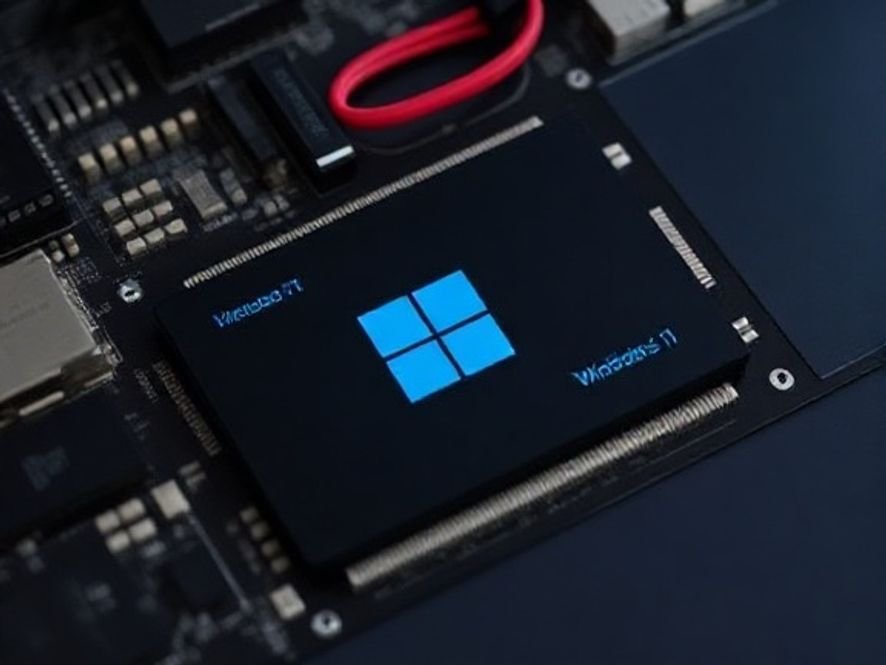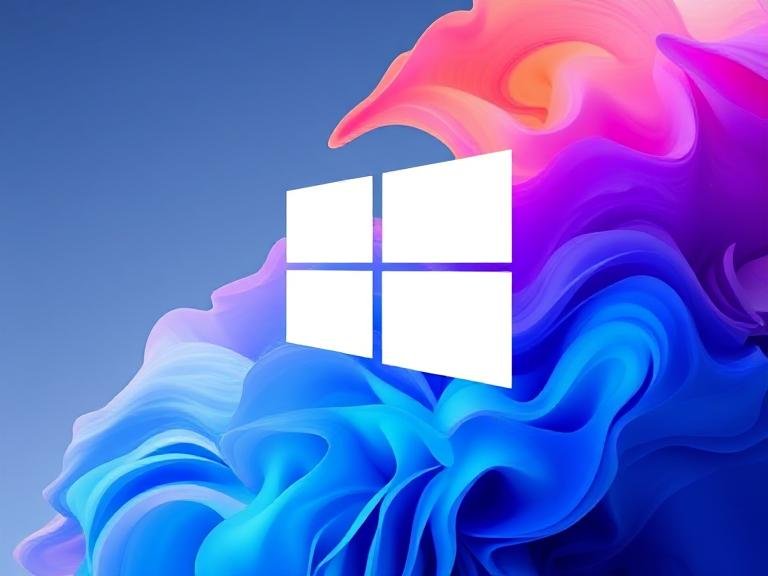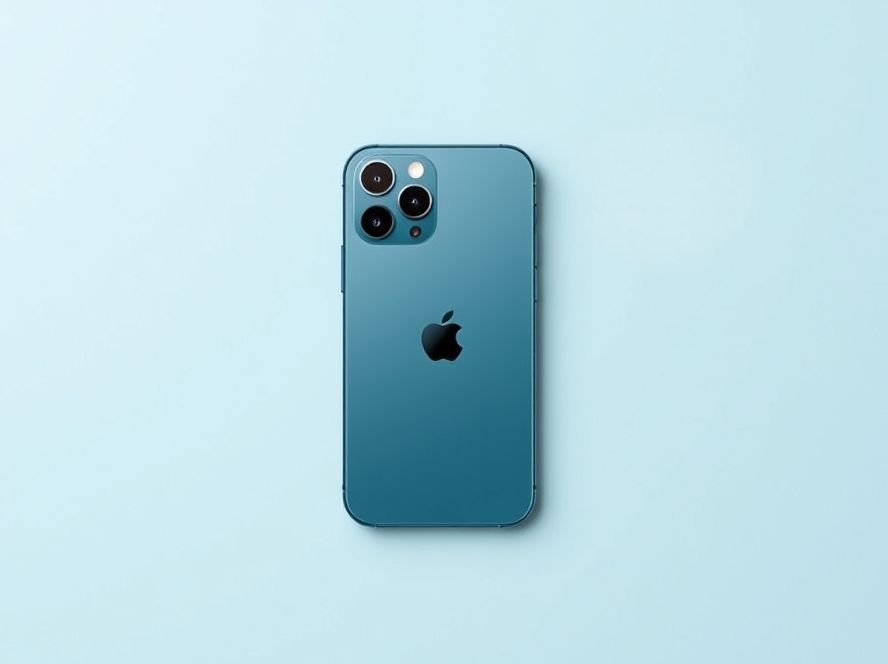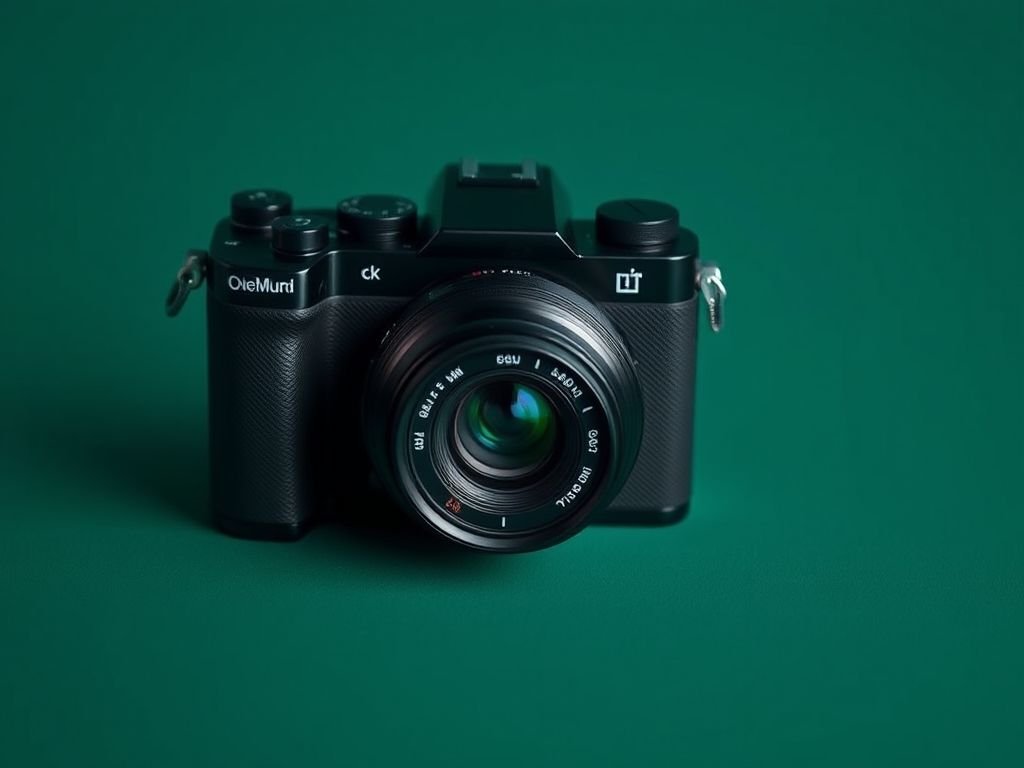Windows 11 Might Be Silently Wearing Down Your SSD — And We’re Finally Getting Answers

Windows 11 Might Be Silently Wearing Down Your SSD — And We’re Finally Getting Answers
When Microsoft dropped the August 2025 Patch Tuesday update (KB5063878) for Windows 11 24H2, things got messy — fast.
Users reported everything from OBS streaming breaking to Windows Installer crashing. But the real panic?
“My NVMe SSD disappeared from Disk Management.”
“Tried copying 50GB — drive corrupted mid-transfer.”
“BIOS sees it. Windows doesn’t. SMART data’s gone wild.”
Naturally, fingers pointed at Microsoft. Then at Phison — the controller maker behind many popular SSDs.
Phison launched a 4,500-hour investigation. Microsoft ran its own tests. Both came back with the same verdict:
“We can’t reproduce it. No link found.”
But users kept screaming. Forums kept burning. Something didn’t add up.
Then — quietly, from a Chinese Facebook group called PCDIY! — came the real answer.
And it wasn’t Windows.
It wasn’t a driver.
It wasn’t even faulty hardware.
It was engineering firmware that never should’ve left the lab.
🔍 The Smoking Gun: Pre-Release Firmware Triggered by Windows Update
According to Rose Lee, admin of PCDIY!, the issue wasn’t in Windows — it was in the SSDs themselves.
Here’s what happened:
Some drives — likely from early production runs, grey-market batches, or mislabeled retail units — shipped with pre-final engineering firmware. Not the polished, mass-production version. The beta version. The kind meant for internal testing.
This firmware? Unstable. Untested at scale. Prone to weird edge-case crashes — especially under heavy I/O or system-level changes (like… say… a major Windows update).
When KB5063878 rolled out, it didn’t break the drives — it just triggered the hidden instability already baked into them.
Think of it like this:
You install a new app on your phone — and suddenly your battery drains in 2 hours. You blame the app… until you realize you’ve been running a developer beta of Android all along.
🧪 Why Microsoft and Phison Couldn’t Reproduce It
Simple: they tested retail units — drives running official, final, mass-production firmware.
Those drives? Rock solid. No corruption. No disappearing acts.
But the users screaming online? They likely had drives with pre-release firmware — possibly from:
- Early manufacturing batches
- Refurbished/remarketed units
- Third-party sellers skipping QA
- “Factory unlocked” or “engineering sample” drives sold as retail
Phison engineers, according to Rose Lee, did manage to reproduce the issue — but only when they flashed drives with the same pre-release firmware versions reported by users.
That’s the key detail Microsoft and Phison’s initial reports missed: they weren’t testing what users actually had.
⚠️ Are You at Risk? Probably Not — But Here’s How to Check
If you bought your SSD from a major retailer (Amazon, Newegg, Best Buy, etc.) — relax. You’re almost certainly running final firmware. No action needed.
But if you:
- Bought from a sketchy marketplace
- Got a “deal too good to be true”
- Have an SSD with no brand label or weird model number
→ You might want to check.
✅ What to Do:
- Check your SSD’s firmware version
→ Use CrystalDiskInfo, Samsung Magician, WD Dashboard, etc.
→ Google “[Your SSD Model] + firmware changelog” — see if yours matches the final retail version. - Update firmware — but BACK UP FIRST
→ Seriously. Firmware flashes can brick drives if interrupted.
→ Use the official tool from your SSD manufacturer. - If your drive is slow after heavy writes? Try Secure Erase
→ Phison confirmed: SLC cache exhaustion can cause slowdowns.
→ A Windows format won’t fix it. You need a full Secure Erase (via manufacturer tool or Parted Magic).
🛑 What This Means for the Future
This wasn’t a Windows bug.
It wasn’t a Phison design flaw.
It was a supply chain QA failure — drives slipping out with unstable firmware.
The silver lining? Microsoft’s update didn’t break good drives. It just exposed bad ones.
And now that the root cause is known, manufacturers can:
- Audit their firmware flashing processes
- Recall or patch affected batches
- Improve traceability for early production units
💡 Bottom Line: Don’t Panic — But Do Verify
If your SSD is working fine — it’s probably fine.
If it died after the August update — it was probably doomed from the start.
This wasn’t a Microsoft catastrophe. It was a quiet hardware hiccup disguised as a software disaster.
Still worried?
→ Backup your data.
→ Check your firmware.
→ Update if needed.
And maybe… just maybe… think twice before buying that “factory direct” SSD from a seller with 3 reviews.
Source: (Facebook)






